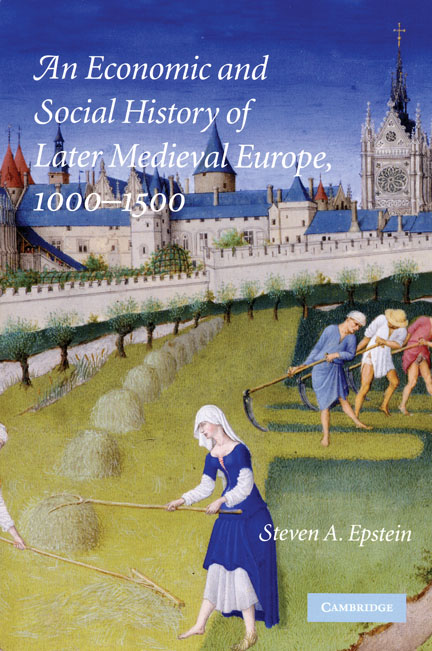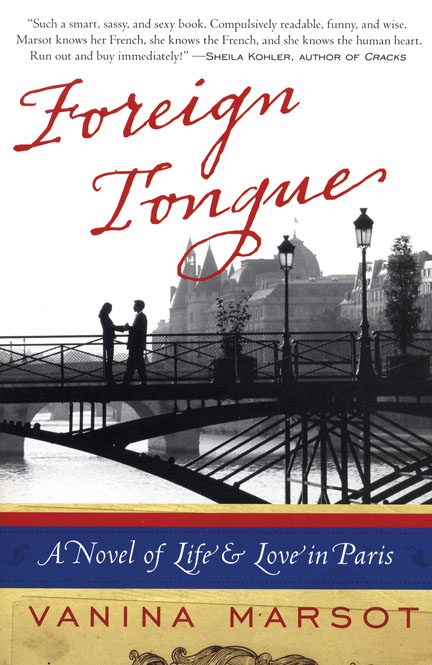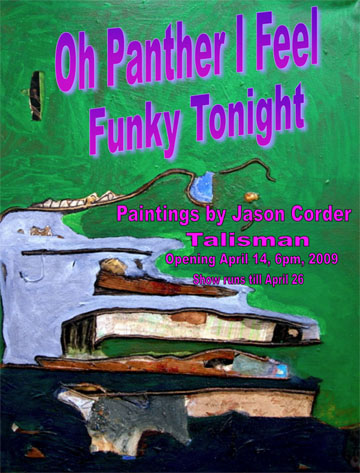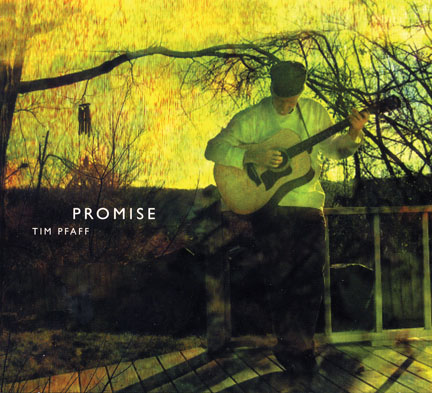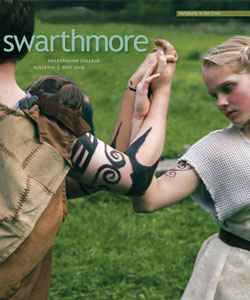First Time Novelists Touch the Heart
Kristin Levine ’97, The Best Bad Luck I Ever Had (G.P. Putnam’s Sons, 2009)
Emily Chenoweth ’94, Hello Goodbye (Random House, 2009)
Two first novels by Swarthmore women are a joy to read. One is set in rural Moundville, Ala., in summer 1917, and the other at an historic resort in New Hampshire’s White Mountains. In The Best Bad Luck I Ever Had, Kristin Levine tells an endearing tale of the brave friendship between two 12-year-olds—Harry “Dit” Sims, a white farm boy, and Emma Walker, an African-American city girl; Emily Chenoweth’s Hello Goodbye is an intimate, artfully crafted story of a dying woman’s final vacation with family and friends.
In Best Bad Luck, Levine tells a delightful story of racism and justice in a small Southern town, inspired by her grandfather’s memoirs of growing up there. Written for middle-grade readers, the book will also appeal to adults as they follow the adventures of Dit and Emma, an unlikely duo thrown together when Emma, her mother, and her father—the new postmaster—arrive in town.
The folks in Moundville had assumed that the Walker family would be white, and Dit was told they had a son his age—someone he could fish with that summer. Dit’s disappointment is palatable, but his mother has a rule: “We didn’t have to like anyone, but we had to be nice to everyone.”
Because, traditionally, the postmaster’s family has lived in a house on the Sims’s property, the two kids can hardly avoid each other, despite having nothing in common. Dit adjusts his expectations; Emma leaves the porch where she spends her days reading; and the polite but frustrated boy teaches the shoe-wearing, brainy Emma how to fish, play baseball, swim, and skip stones across the the river.
Not only is Emma the first person who really listens to Dit—the sixth of 10 children—she makes him question why he kills birds with a slingshot for sport and traps rabbits for money. By the Fourth of July, Emma has become more adventurous, and Dit has started to doubt the humanity of Big Foot, the town sheriff, who keeps a caged eagle on his front porch.
By fall, the two are best friends, and Dit’s moral conscience grows by leaps and bounds during the school year. He wonders why the colored kids and the white kids can’t go to the same school and questions the loyalty of friends and town folks who taunt him for being Emma’s friend—“Well if it ain’t Dit and his nigger girl.” In the spring, the pair concocts a plan to save Doc, the black town barber, who is on trial for killing Big Foot in an act of self-defense.
As the friendship comes full circle, the Walkers must leave for their next postal assignment. Dit says: “ … I didn’t want her to leave. We stood next to each other in the starlight, and I felt her head on my shoulder. I put my arm around her waist. She didn’t pull away. We stood like that for a long time.”
Dit and Emma are vivid, tangible characters—Dit loves the outdoors and going barefoot and has an adventure-tossed attitude that matches his hand-me-down clothes. Emma, with skin the color of hot chocolate, “prefers ribbons in her braided hair, fancy dresses, and shiny shoes.” It will be interesting to meet the characters in Levine’s planned second novel, set in Little Rock, Ark., in the late 1950s.
Hello Goodbye is a story of friendship, loyalty, and growing up around impending family loss. The details are so rich they make the reader pause—time and again—to fully absorb the beauty of the intensely personal descriptions despite the unbearably sad circumstances. Helen Hansen has been diagnosed with an inoperable brain tumor, and her daughter, Abby, is home for the summer after her freshman year at college. Helen’s husband, Elliott, is hosting a weeklong party—to celebrate the couple’s 20th anniversary and give his wife one last gift of time with family and friends.
Against the backdrop of a lush, old-world resort, Elliott balances deep sorrow and an endless string of drinks with caring for Helen. Loyal friends struggle to accept Helen’s fate, entertain her with their familiar foibles, and tire her with their endless banter. Helen thinks, “‘I’m tired.’ She’s already taken one nap today and she can’t just take another. But sleep—it is the sweetest thing. When she’s sleeping, she’s not half blind or clumsy or forgetful.”
Abby, on the brink of womanhood, remembers “the blossomy frivolousness of spring, when her mother was being dosed with x-rays and poisoned with chemotherapy,” and she [at college] “wandered down paths beneath lighted windows in the lilac-scented air and understood that the whole world had shifted," but she does not yet know that the cancer is terminal. She lingers with her parents’ friends, then seeks companionship among the youthful hotel staff, where she attracts the affections of two very different young men.
Propelled by Chenoweth’s compelling prose, the reader also relaxes by the pool at the Presidential Hotel—cold lemonade in hand—and, then, toasts the Hansens in the elegant dining room. In the end, the Hansens and their friends discover how life can flourish in the face of death, while the reader yearns for Chenoweth’s next book.
—Susan Cousins Breen
Steven Epstein ’74, An Economic and Social History of Later Medieval Europe, 1000–1500, Cambridge University Press, 2009. This book examines the most important themes in European social and economic history from the beginning of growth around the year 1000 to the first wave of global exchange in the 1490s.
Joseph Hafkenschiel Jr. ’37, A 21st-Century Memoir, iUniverse, 2009. This autobiography, which includes a section on the author’s Swarthmore years, is the result of family interviews, detailed diaries, and family photograph and movie collections.
Daniel Hoffman H ’00, The Whole Nine Yards: Longer Poems, Louisiana State University Press, 2009. Winner of the L.E. Phillabaum Poetry Award for 2009, this collection spans the career of former Poet Laureate Hoffman. Exploring violence and transcendence in realistic, gothic, and comic modes, the poems tell of war, cold war, domestic violence, bureaucratic oppression, and rescue at sea.
Sean Latham ’94, The Art of Scandal: Modernism, Libel Law, and the Roman à Clef, Oxford University Press, 2009. With skillful close readings aided by extensive archival research, the author illuminates the world of back-biting, gossip, litigation, and sensationalism.
Vanina Marsot ’87, Foreign Tongue: A Novel of Life and Love in Paris, Harper, 2009. A young writer from LA undertakes a journey of bilingual self-exploration in Paris, finding solace among friends, in her work translating an erotic French novel by an unknown author, and in the arms of an alluring Parisian.
Susan Signe Morrison ’81, Excrement in the Late Middle Ages: Sacred Filth and Chaucer’s Fecopoetics, Palgrave Macmillan, 2008. This interdisciplinary book integrates the historical practices regarding material excrement and its symbolic representation, with special focus on fecopoetics and Chaucer’s literary agenda.
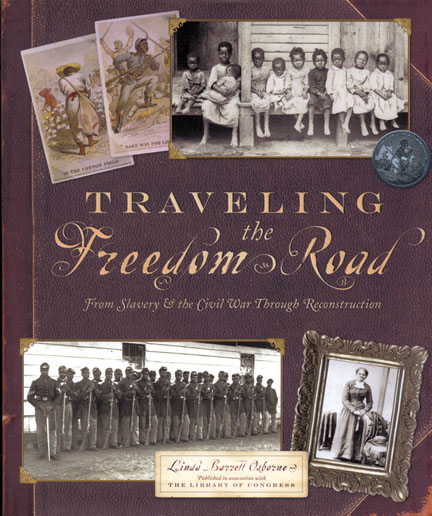
Linda Barrett Osborne ’71 author of Traveling the Freedom Road: From Slavery and the Civil War Through Reconstruction,
Linda Barrett Osborne ’71, Traveling the Freedom Road: From Slavery and the Civil War Through Reconstruction, Abrams Books for Young Readers, 2009. From the injustices of slavery, through the bloodshed of the Civil War, to the turbulence of Reconstruction, this book tells how children, teenagers, and their families survived those challenging times.
Victor Romero ’87, Everyday Law for Immigrants, Paradigm Publishers, 2009. In this guide for both U.S. citizens seeking a better understanding of immigration laws and for migrants who make the United States their home, the author explains the basic challenges immigrants and foreign nationals face in formal immigration policy and American domestic law generally.
Josh Tarjan ’90, Life is a Dream, CreateSpace, 2008. Of Tarjan’s loose adaptation of the 17th-century play by Calderón de la Barca, screenwriter Peter Nelson says: “A grand entertainment … an exuberant adventure that surprises and beguiles on every page. Full of wit … wisdom … romance … and fun.”
OTHER MEDIA
Jason Corder ’91 exhibited a collection of paintings from Ireland, Kenya, and France titled Oh, Panther, I Feel Funky Tonight at the Talisman Restaurant in Karen, a suburb of Nairobi, Kenya, from April 14 to April 26.
Tim Pfaff ’84, Promise, 3 Elliott Studio, 2009. Writer and museum exhibit developer Pfaff draws on 25 years of interpreting the American experience in museums around the country to compile a song collection that voices the hope and despair of those years.
 Email This Page
Email This Page

